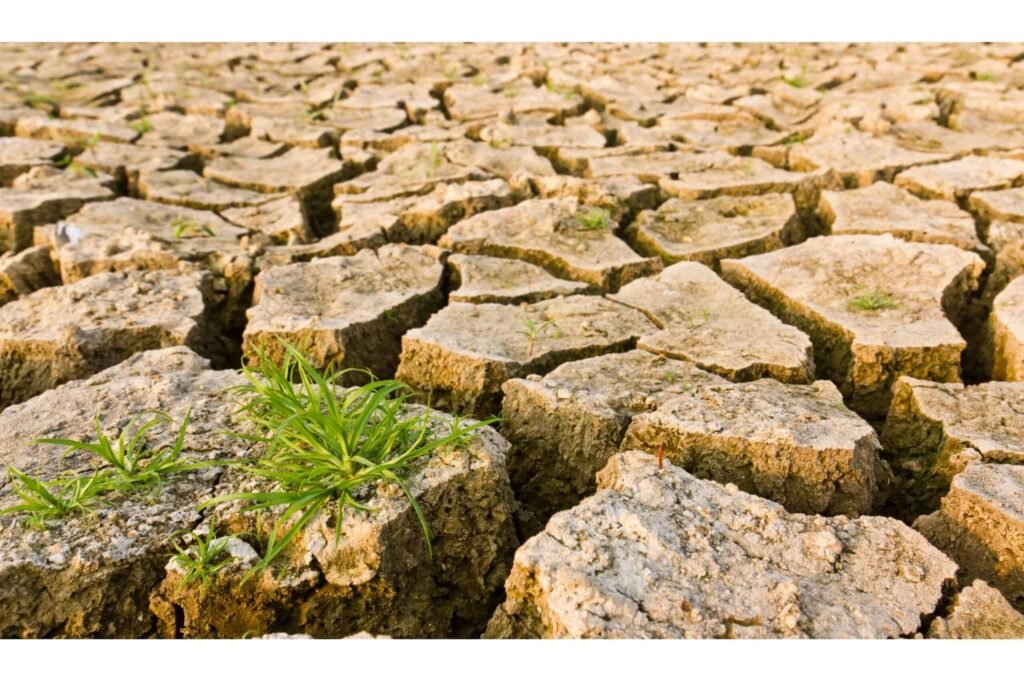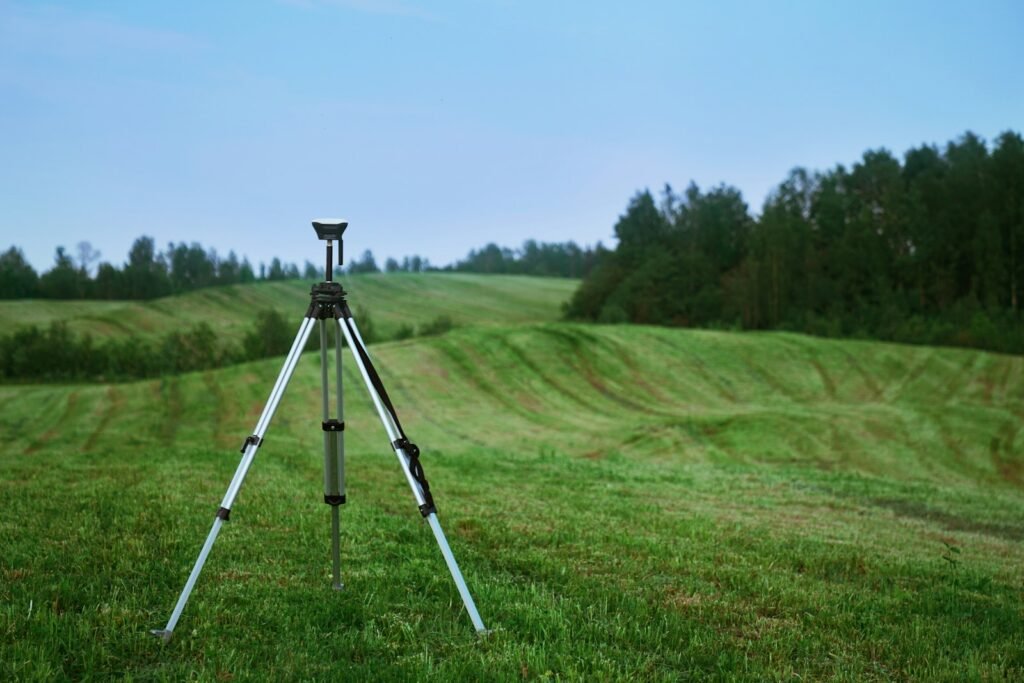The Earth is full of mysteries, some of which are hidden in plain sight. Among these puzzles is an intriguing phenomenon in the Hudson Bay region of Canada, where gravity is lower than in other parts of the world. This enigma has piqued the curiosity of scientists and laypersons alike. Let’s delve into the depths of the Hudson Bay Gravity Anomaly and uncover why this region defies gravitational norms.
Understanding Gravity

Gravity, the force that draws two bodies towards each other, is something we experience every day. It’s the reason why we walk on the ground and why objects fall when dropped. However, gravity isn’t uniform across the Earth’s surface. Variations in the planet’s mass distribution, caused by factors like geology, topography, and Earth’s rotation, lead to small but detectable differences in gravitational pull from one place to another.
The Discovery of the Gravity Anomaly

The Hudson Bay Gravity Anomaly was first detected through early geophysical surveys and later validated by satellite data. These measurements showed that gravity in the Hudson Bay area is weaker compared to other regions. This discovery led scientists to investigate the underlying causes, leading to fascinating insights into the Earth’s structure and history.
The Ice Sheet Hypothesis

One of the primary explanations for the gravity anomaly involves the Laurentide Ice Sheet, a massive ice cover that blanketed much of North America during the last Ice Age. This ice sheet exerted immense pressure on the Earth’s crust, causing it to deform. As the ice melted and the pressure lifted, the crust began a slow process of rebounding, which is still occurring today. This rebounding effect contributes to the reduced gravitational force in the Hudson Bay area.
Contributions from Mantle Convection

A complementary explanation focuses on processes beneath the Earth’s surface. Mantle convection, the slow, churning movement of Earth’s mantle layers, can alter mass distribution. In the Hudson Bay region, mantle convection might be dragging down the crust, thus contributing to the observed gravity anomaly. This ongoing activity keeps the area in a state of gradual change, affecting gravitational measurements.
Role of Topography

The topography of an area can play a significant role in its gravitational field. The Hudson Bay region is largely characterized by low-lying land and extensive water bodies, which inherently have less mass compared to mountainous regions. This lack of topographic mass further supports the lower gravitational readings observed there.
Implications for Earth Sciences

The study of gravity anomalies like the one at Hudson Bay is crucial for understanding various geophysical phenomena. Such studies provide insights into the Earth’s interior processes and help refine models of crustal movement and mantle dynamics. They also contribute to our knowledge of glacial geology and climate history, as they highlight how past climatic events continue to influence the planet today.
Technological Advances in Measuring Gravity

The ability to detect and analyze gravity anomalies has greatly improved with advancements in satellite technology. Missions such as NASA’s GRACE (Gravity Recovery and Climate Experiment) have been instrumental in providing detailed maps of Earth’s gravitational field. These technological strides allow scientists to monitor changes over time, offering valuable data on large-scale geological processes.
The Global Perspective

While the Hudson Bay Gravity Anomaly is a notable example, it is not unique. Other regions around the world exhibit similar anomalies due to various geological and climatic factors. Studying these variations on a global scale enriches our understanding of Earth’s dynamics and helps improve predictive models related to environmental change.
The Future of Research

Ongoing research into gravity anomalies holds promise for deeper insights into Earth’s geological behavior. As more sophisticated technologies develop, the potential for discovering new patterns and processes increases. Such research not only furthers scientific knowledge but also aids in practical applications, including natural disaster prediction and resource exploration.
Conclusion

The Hudson Bay Gravity Anomaly is a testament to the dynamic and ever-changing nature of our planet. It stands as a reminder of Earth’s complex history and the forces that shape its present and future. While science has illuminated some aspects of this mysterious low-gravity zone, the endeavor to fully understand it continues, reflecting our innate curiosity and drive to explore the world we inhabit. In embracing such challenges, we not only unlock the secrets of our planet but also expand the horizons of human knowledge.

Jan loves Wildlife and Animals and is one of the founders of Animals Around The Globe. He holds an MSc in Finance & Economics and is a passionate PADI Open Water Diver. His favorite animals are Mountain Gorillas, Tigers, and Great White Sharks. He lived in South Africa, Germany, the USA, Ireland, Italy, China, and Australia. Before AATG, Jan worked for Google, Axel Springer, BMW and others.




